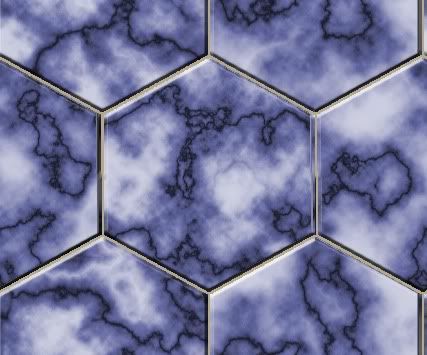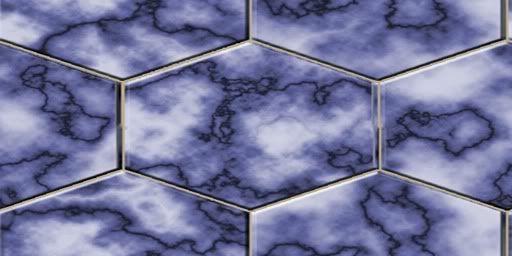Carl Palmner wrote:Is this what would happen if I try to use the original 427x355 texture in an Age?
No. This would not happen.
A try to make this understandable: Carl, you should try to forget that textures are in fact stored as images. But images are not displayed directly in an age. There is no possibility to "insert" an image in an age directly.
Instead, try to imagine that textures are always mapped onto objects. When you want to show the content of an image in an age, the image has to be mapped onto an object.
For example, let's assume you want to show a painting in an age's gallery. What you then have to do as an age creator is to create an object (e.g. a simple plane) with the intended size of the painting, e.g. 120 in width and 80 in height. The units do not matter here. Then, map the image as a texture onto that plane. Left edge of the image is glued to the left edge of the plane, right edge of the image is glued to the right edge of the plane, and same for top and bottom.
Now your image always gets stretched to the object dimension in the game (and in Blender too), no matter what the sizes of your image are or were.
The point is, objects (your painting carrier plane) do NOT get stretched, the width-height-ratio is fixed as soon as you created your image-carrying object.
I hope I was able to describe it more clearly.



